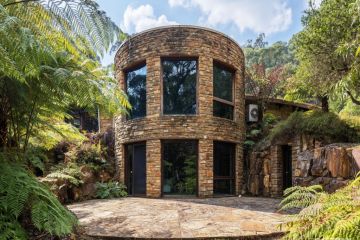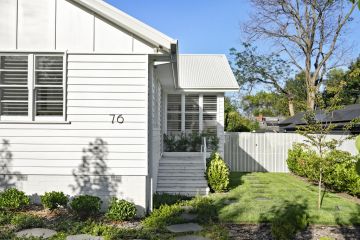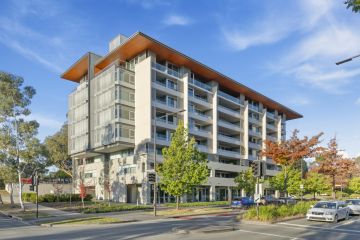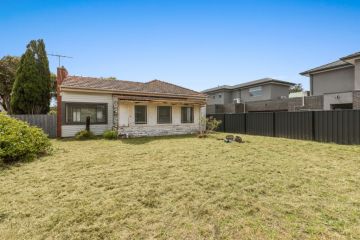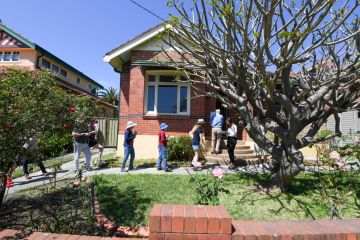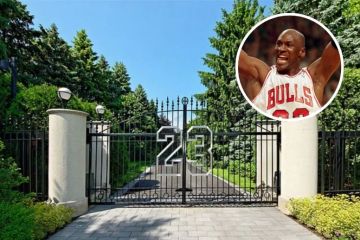Private clubs and meadow-style gardens: The latest trends in apartment design
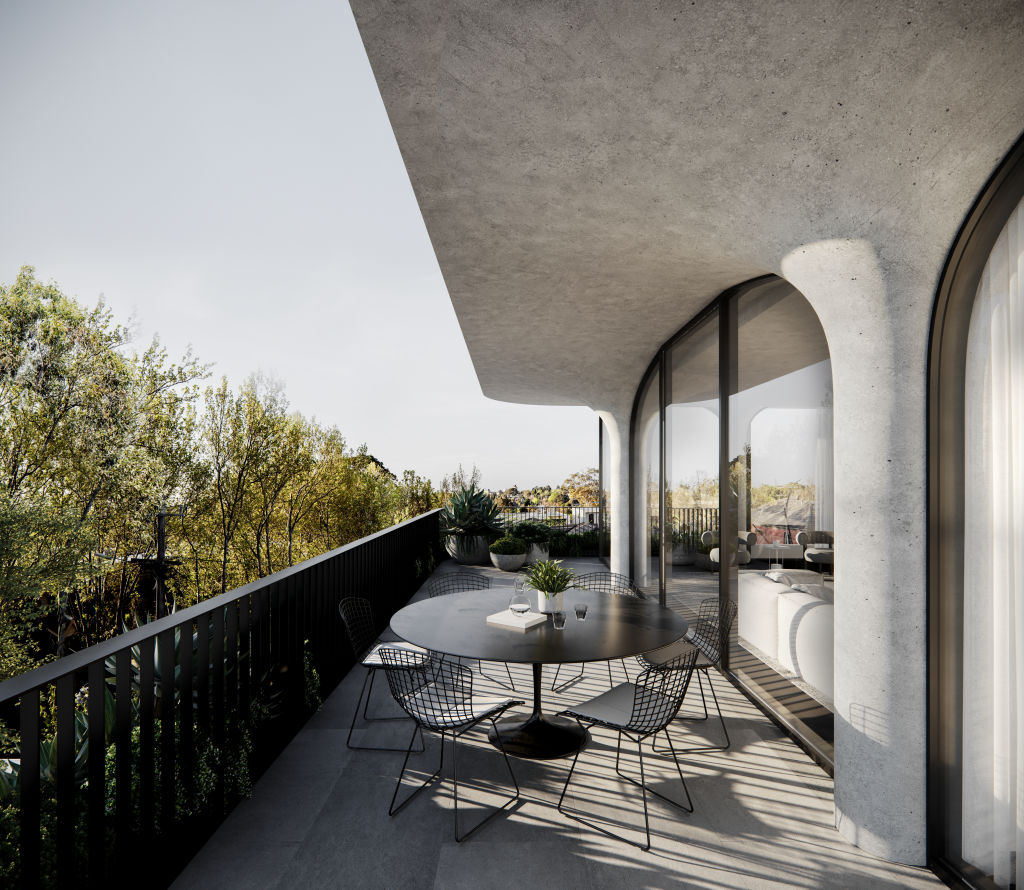
When the first residents of one new apartment building received their keys a little over a decade ago, the exposed concrete ceilings raised a few eyebrows.
“They were all asking when the ceilings were going to be finished,” recalls architect Adam Haddow, a director at SJB.
“They expected plasterboard and paint rather than concrete – there was almost a revolt. We had to have a special meeting with them to explain that concrete was better.”
Today, many features once considered too edgy for apartments are embraced with gusto by buyers, especially owner-occupiers with an appetite for designer looks and lifestyle appeal.
As a new spirit of adventure emerges in the world of apartment developments, we round up some of the most intriguing new trends.
Unrefined beauty
Industrial-chic brickwork. Linear walls arranged with slender timber battens. Plaster polished until it gleams like a single piece of stone. These are just a few examples of the raw finishes that have appeared in Australian apartment projects this year.
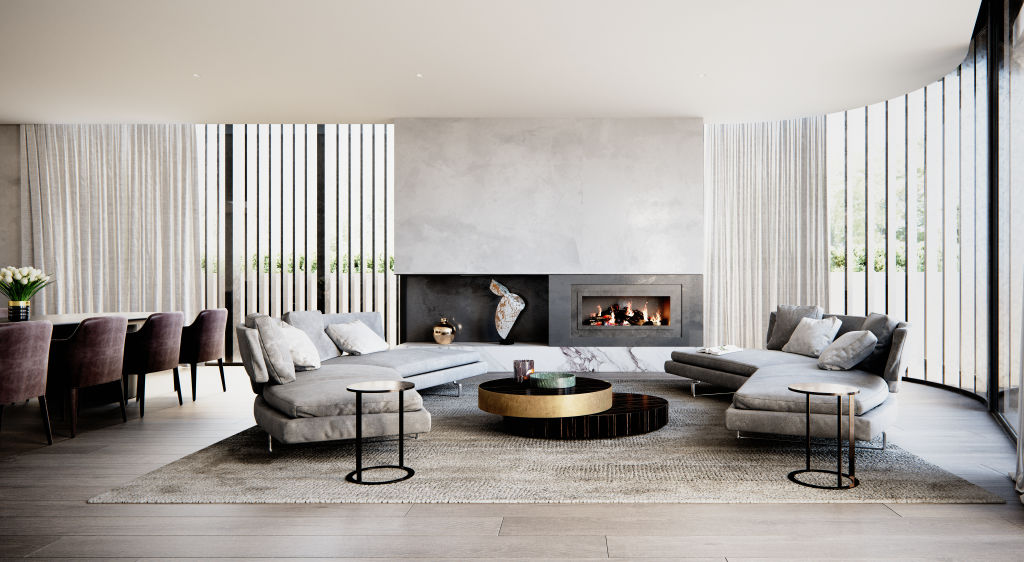
Sydney-based Haddow attributes the popularity of unrefined materials to a longing for simplicity.
“Material finishes that are authentic and essential, such as off-form concrete and natural timbers and stones, lend us a sense of permanence,” he says. “They connect us with where we are.”
These robust materials are often more likely to age gracefully, developing a patina that becomes more attractive with each passing year.
Domenic Cerantonio, managing principal at Cera Stribley Architecture and Interior Design in Melbourne, is another architect renowned for highlighting materials in the raw, from polished plaster to locally coal-fired bricks.
“It’s about trying to draw out the integrity in the buildings in ways we haven’t seen before to create something new rather than just rendering something or putting up a curtain-wall facade, which has kind of been done,” Cerantonio says.
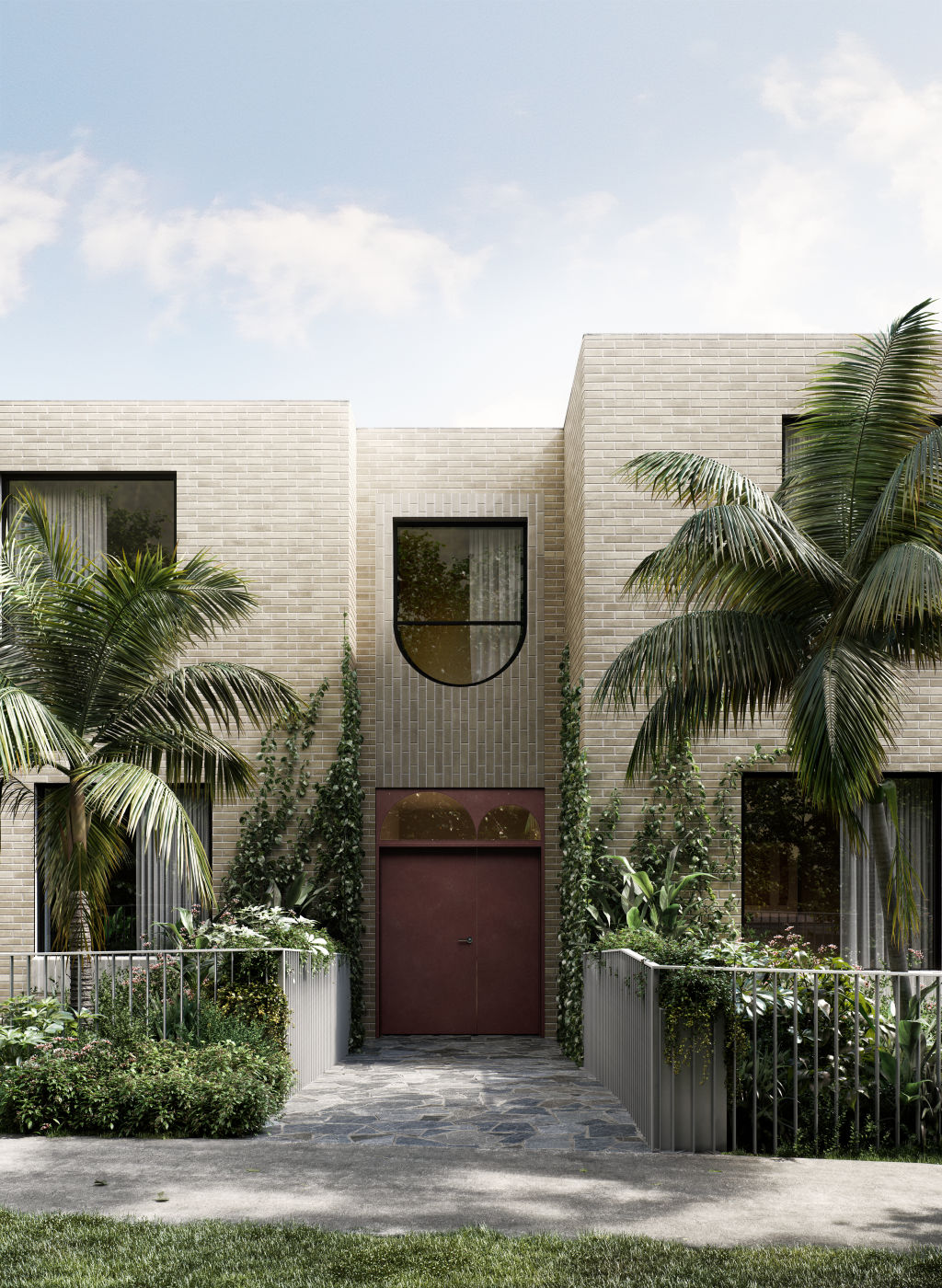
He links this fresh appetite for innovation to investors – a notoriously risk-averse and budget-conscious group – exiting the market over the past two years, replaced by downsizers and so-called rightsizers.
“I think because of that, developers, architects and designers are really looking for that edge in each project.”
Ahead of the curve
The legendary British Iraqi architect Zaha Hadid was celebrated as “the Queen of Curve” for her pioneering use of rounded forms.
Zaha Hadid Architects’ first project in New York City, 520 West 28th Street, was completed two years ago. The 11-storey apartment building uses curved lines to dramatic effect, from the hand-crafted steel chevrons on the facade to the sculpted walls of the subterranean lap pool.
The curve is having a moment in Australian apartment design, too, appearing in some of the most stylish new developments, such as Willow in Brighton (BayleyWard architects) and Cera Stribley’s design for Rondure House in Kew.
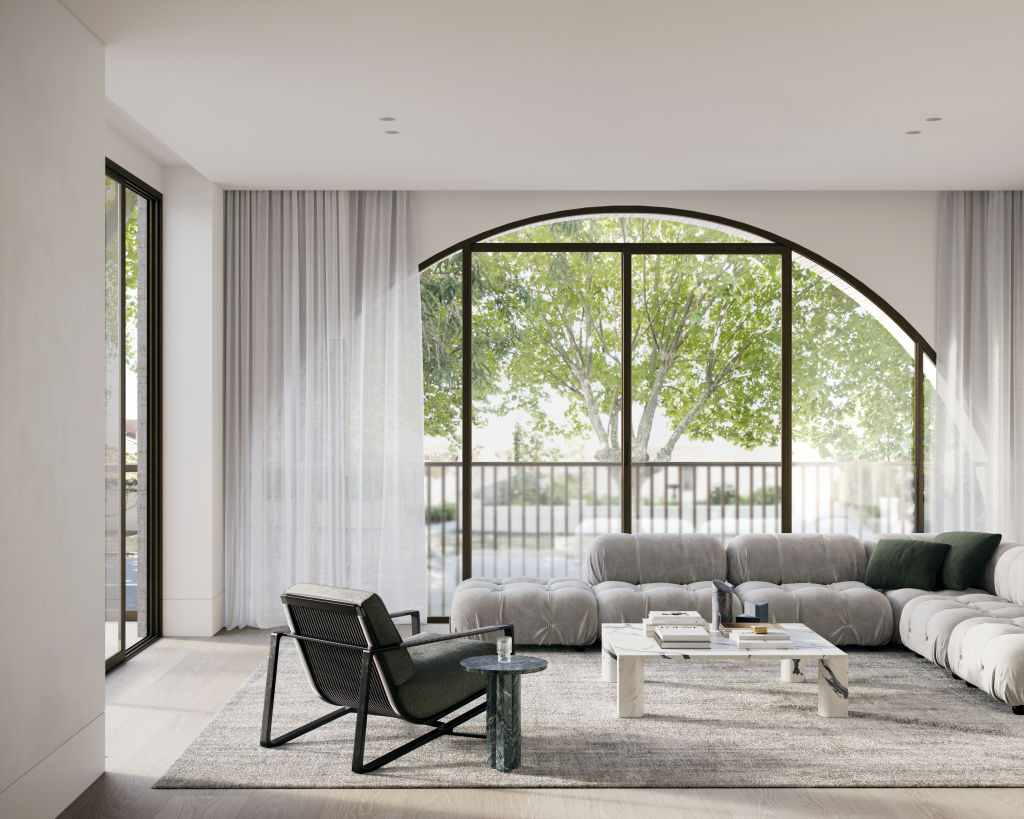
“When you stare down the barrel of the street, the trees create these beautiful arches, and that became the genesis of this arched idea,” Cerantonio says.
At The Isles, a new SJB-designed apartment development in Sydney’s inner west, inverted arched windows pay homage to 1920s architectural details.
Both Cerantonio and Haddow caution against the overuse of rounded shapes.
“Done well, a curve can be a beautiful thing,” Haddow says. “It can express grace and beauty. Done badly, a curve can make you feel incredibly isolated from nature – ultimately, it is about the hand of the author and the confidence in making a mark.”
Join the club
If the term “communal amenities” conjures images of unloved swimming pools and windowless gyms, the latest wave of prestige apartment inclusions might come as a pleasant surprise.
Developer GURNER is leading the charge in Melbourne, tailoring private clubs to each building and its future residents.
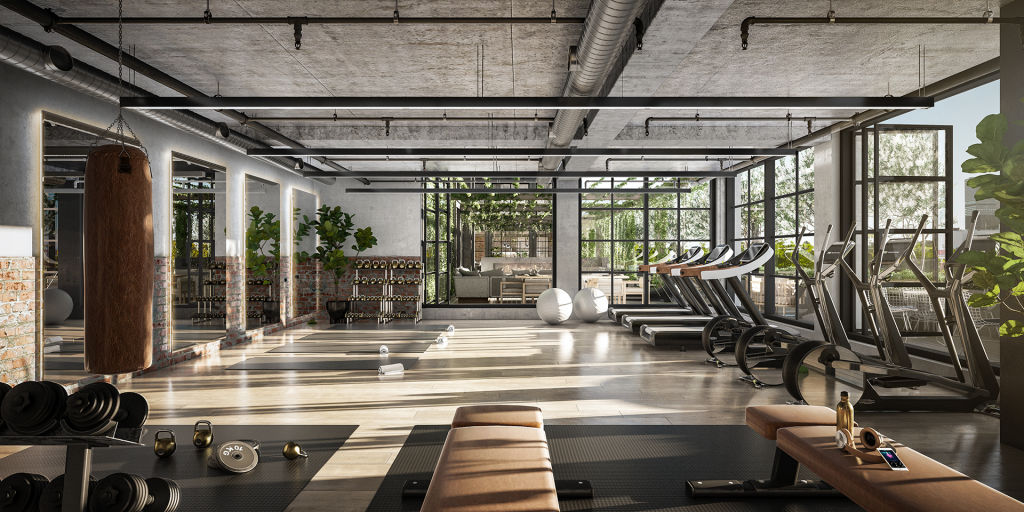
Founder and director Tim Gurner says feedback from residents shaped the private club offerings for St Moritz in St Kilda and the edgier Victoria & Vine in Collingwood.
“So for example St Moritz will be home to many global travellers and wealthy families to whom privacy and world-class service are paramount,” Gurner says.
Unexpected highlights include an on-call anti-ageing clinic, a library with books selected by the Queen’s personal curator and a 3000-bottle wine cellar and fully stocked bar operated by an honesty system. Art curators, sommeliers, private caterers, personal trainers, drivers and dog-walkers will be available to cater to the well-heeled residents’ every whim.
In Australia and overseas, more apartments are being developed in the same precinct as luxury hotels, including Seafarers Residences in Docklands from developer Riverlee. Residents gain access to the resort-style amenities enjoyed by hotel guests.
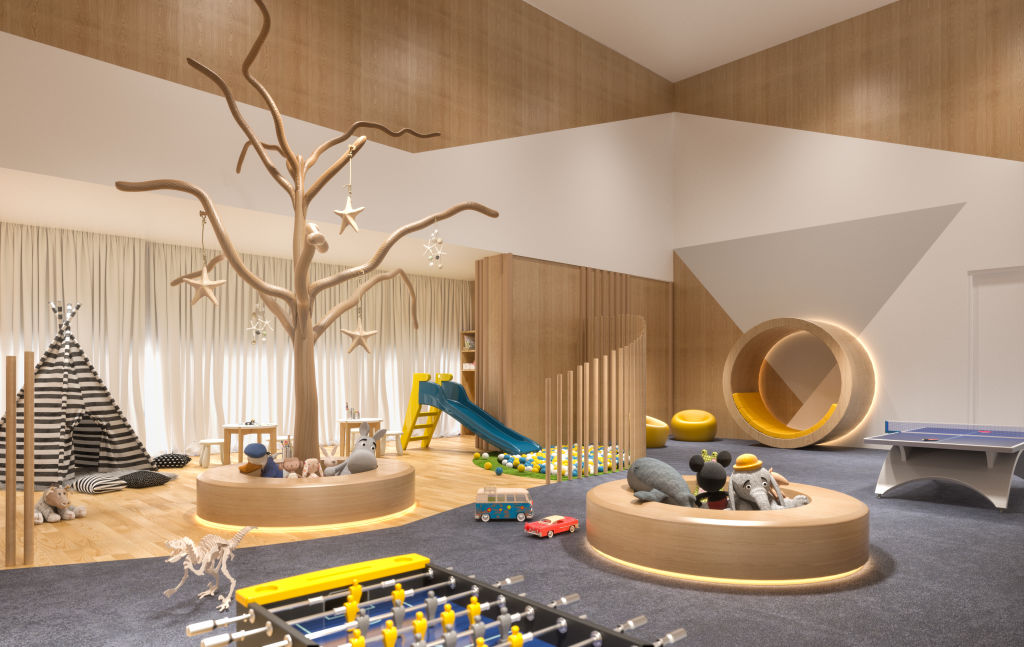
And as more families choose the convenience of apartment living, projects such as The Landmark in Sydney’s north are aiming to please even the youngest residents with bespoke playrooms and soundproof piano rooms.
Feel-good landscaping
There was a time when any landscaping around a new apartment project was considered a bonus. That bar has been raised.
With indoor-outdoor living in vogue, landscaping has moved from the periphery to the heart of the new breed of multi-residential projects.
Landscape architect Lisa Howard, director at Taylor Cullity Lethlean in Melbourne, says developers are seeking out opportunities to transform spare space into green space – often encouraged by government planning guidelines.
“We’re seeing a desire to include things like beehives on the roof or meadow-style landscapes that aren’t necessarily accessible by the residents but might include solar panels,” Howard says.
Such features help with building cooling and biodiversity, as well as adding a splash of colour to the urban environment.
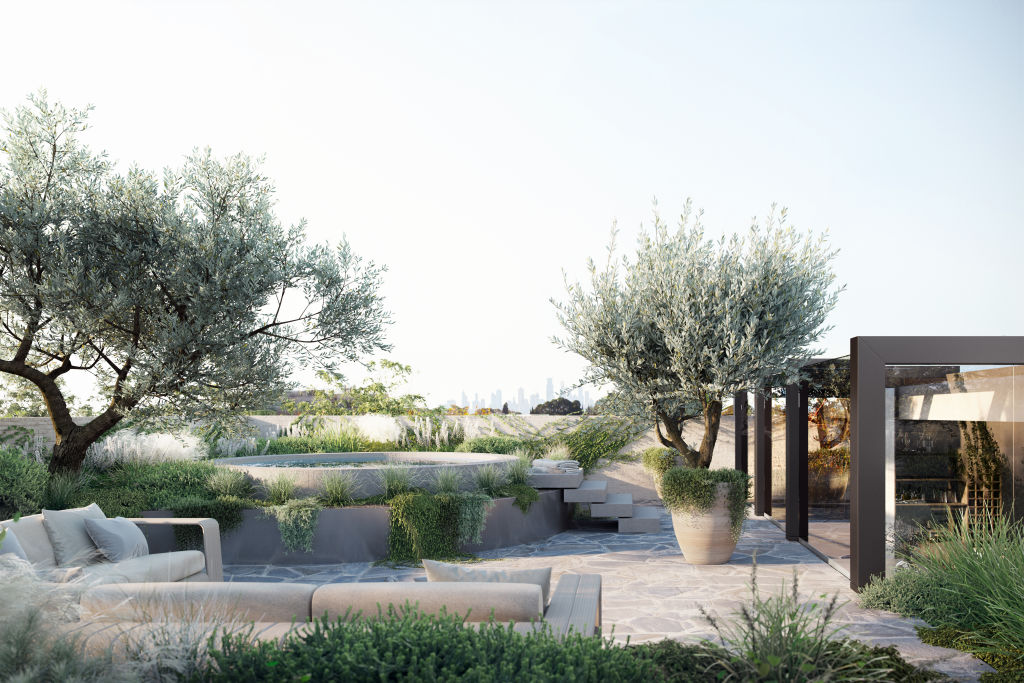
In the inner Sydney suburb of Alexandria, Arkadia – with landscape design by OCULUS – is set to include a rooftop chook run, an apiary and veggie gardens. Native Australian plants are also cropping up in more new projects.
Some of Sydney’s most impressive new public playgrounds have been built by developers as part of planning deals that allow them to build more apartments.
At Melbourne Square in Southbank, Howard helped design a vast new public park with shady trees, play equipment and a cascading water feature.
“We tried to find out what local residents were lacking in terms of open space and amenity,” she says. “Our brief became what they were missing.”
We recommend
States
Capital Cities
Capital Cities - Rentals
Popular Areas
Allhomes
More
- © 2025, CoStar Group Inc.
